How to Attach Wires to a Circuit Board without Soldering
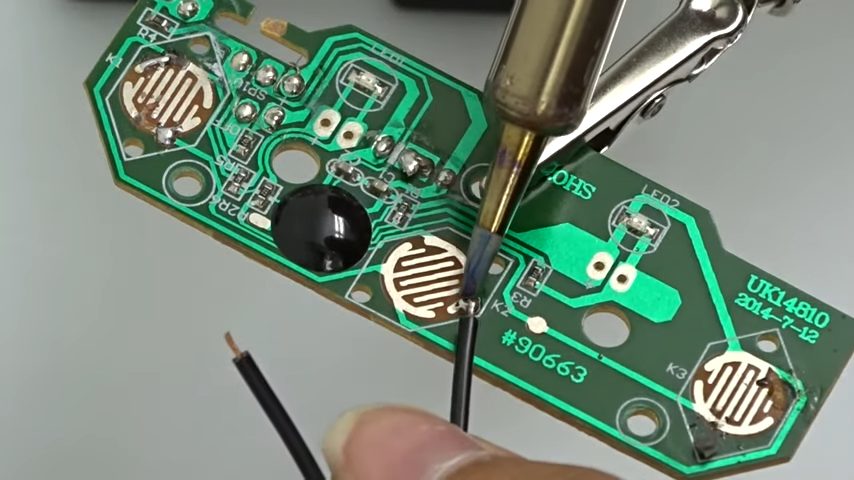
By the end of this article, you will be able to securely connect wires to a circuit board without soldering them on.
Sometimes you won’t feel comfortable soldering or won’t have the tools around and need a way to do it in a pinch. There are several effective substitute techniques you can use to attach wires to PCBs – use of terminal blocks, connectors, quick fix glue, application of liquid rosin, and more. Besides, soldering wires tempers the flexibility of the wires – making it a flawed method.
There are several steps you can take to connect wires to any circuit board without soldering.
- First, unplug the device and clean it with a cleaning chemical.
- Remove the jerking wires and hold the wires in place on each side with the quick-fix glue or contact adhesive.
- Alternatively, you can apply the Wire to PCB technique which uses a single contact point to attach the wire to the board.
- Application of liquid rosin is also a feasible technique: heat the liquid rosin and allow it to flow on the copper wire and the solder, allowing it to cool.
We’ll go into more detail below.
How to Attach Wires to The Circuit Board without Using Solders
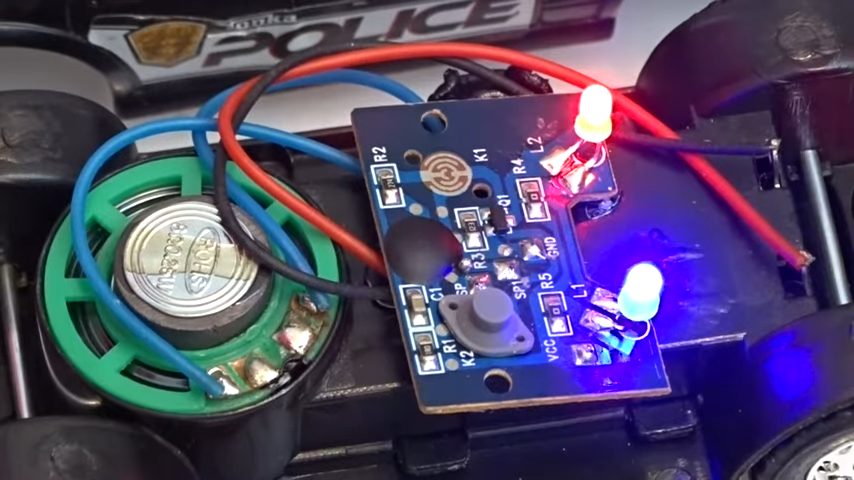
In a circuit construction process, you cannot always solder all the wires together. In this case, quick fixing glues come in that you can use to attach the cables.
Small elements like resistors can easily be bridged with quick fixing glue. In such a situation, you will affix the wire to the connection strip and turn your PCB over.
Since most electrical connections in computers and related electronics are wired, you may think soldering is the only option when it’s not.
This guide will show everything you should do to connect elements of the PCB with glue.
When connecting wires to a PCB, you have three feasible options:
Option 1
Here, you attach the wire to the PCB without any reinforcement. That is the most inexpensive technique.
Option 2
You may use connectors and terminal blocks to attach wires to the PCB. Unlike option 1, this method can get expensive.
Option 3
Strain wires are used to connect the wires to the circuit board. They have incredible flexibility (97 percent) that makes them suitable. (1)
However, if you use solders to connect the wires to the circuit board, they (wires) will lose their flexibility. The wires will eventually develop a transition point that will lead to their failure.
Note that it is okay to use a screwdriver to tighten loose wire connections.
How to Connect Wires to a Circuit Board Using Glue
The simplest way to attach wires to the circuit board is by twisting them. Alternatively, you may use connectors, but the latter will cost some money. Using glue is one of the most inexpensive techniques you can use to connect wires to a circuit board.
So, you will simply feed the wires through the board or use glue and/or contact adhesive to pin the wires on the circuit board itself.
Note: If you choose the way of contact adhesive or glue, you will require more space.
The steps below will guide you through:
Step 1. Unplug or Disconnect your Device
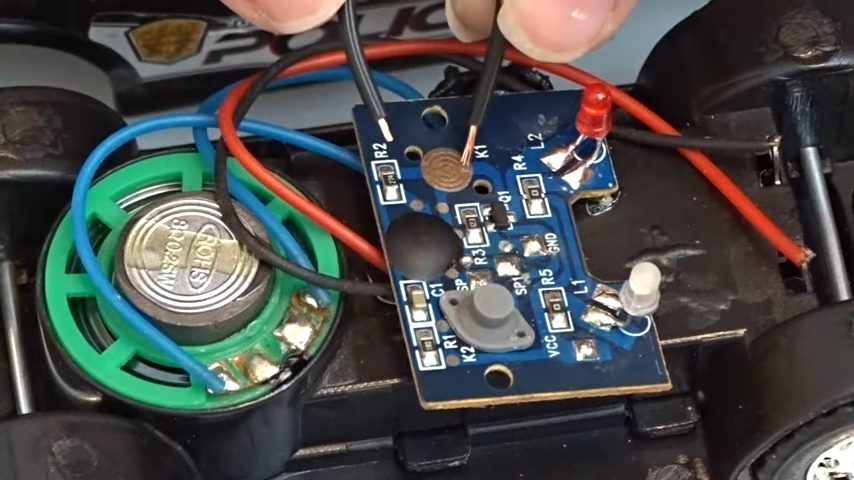
Step 2. Remove the Wires
Remove the wires that slip out when inserting the battery into the circuit board.
Step 3. Hold the Wires in Place
Hold the wires in place, and contact adhesive and glue are alternative options.
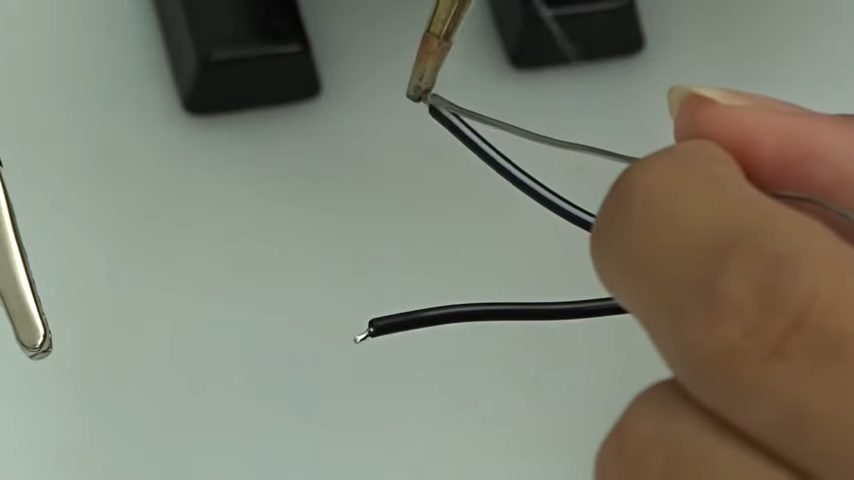
Connecting Wires without Solder or Connect
You can build without incurring solder and soldering iron costs using the following method:
This method allows you to use one contact point to connect the wire to the circuit board. And it is the cheapest one unlike terminal blocks and connectors which are expensive, and require extra space.
Always cover the wires with insulating plastics to keep them safe from heat and contact with other delicate elements.
Step 1. Locate Size of Wires
Locate the hole with the correct size for all the wires.
Step 2. Strip Wires
Strip the insulation coating from one end of the two wires with a wire stripper.
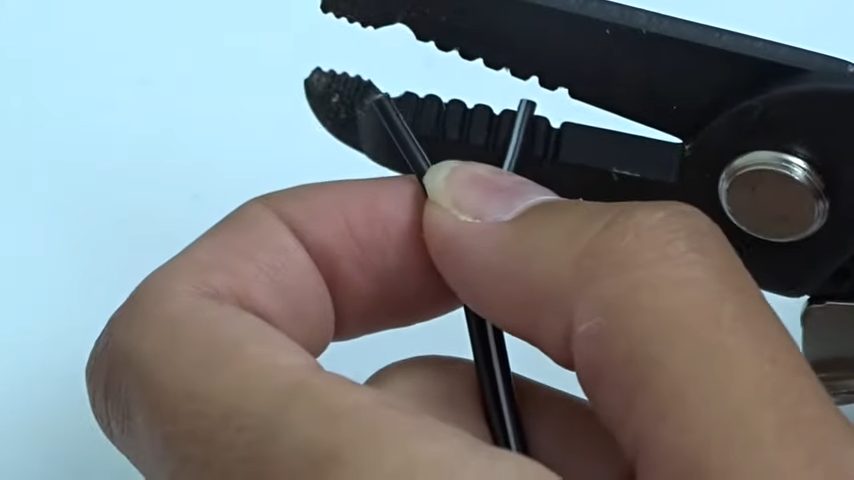
Step 3. Inserting Wires
Insert the stripped end of one wire into a crimp all the way to the insulated part. Do the same for the other wire.
Step 4. Crimp Wire
Put the crimp into the crimping tool’s notch and squeeze until the crimp bends.
Can You Use Glue in Place of Solder?
Yes, you can use a quick-fix glue to connect wires 97 or smaller to circuit boards.
Steps:
- Twist the wires in one direction
- Attach them to a point on the PCB
- Then, apply the hot glue to the connected wires
- Allow it to cool down.
Note:
Open a small hole between the pad and the leads of the cables/wires when soldering LEDs. Then, pour the melted solder into the crack, and allow it to flow for about two seconds.
Avoid the application of solder on the other pads on the PCB to safeguard the LED.
Instead of using glue, you can use the heat-shrink tubing technique. The method combines the wires without utilizing solder. The mechanism is simple: heat-shrink wrapper contracts to form a solder solution. The method takes a few minutes, and it is very cheap. But make sure you have a stable heat source. (2)
Substituting Solders with Electrical Tapes
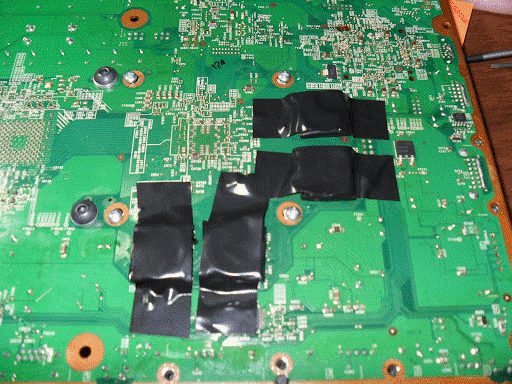
As aforesaid, there are other more convenient ways of connecting wires to circuit boards other than the use of solders. Wires can be attached to the PCBs via terminal blocks and connectors. But it will depend on the type of connection.
Another option is attaching the wires to the circuit boards with glues, but then, the connection will not be properly insulated. The wires may short out.
When using solder to connect the wires to a PCB, ensure it mimics a volcano or cone. The solder needs to be smooth, and it should not turn into a ball or spill over to adjacent leads and joints.
Use a clamp device to affix wires on the circuit boards. You may also strip the insulation to achieve the same.
What to Use Instead of a Soldering Iron?
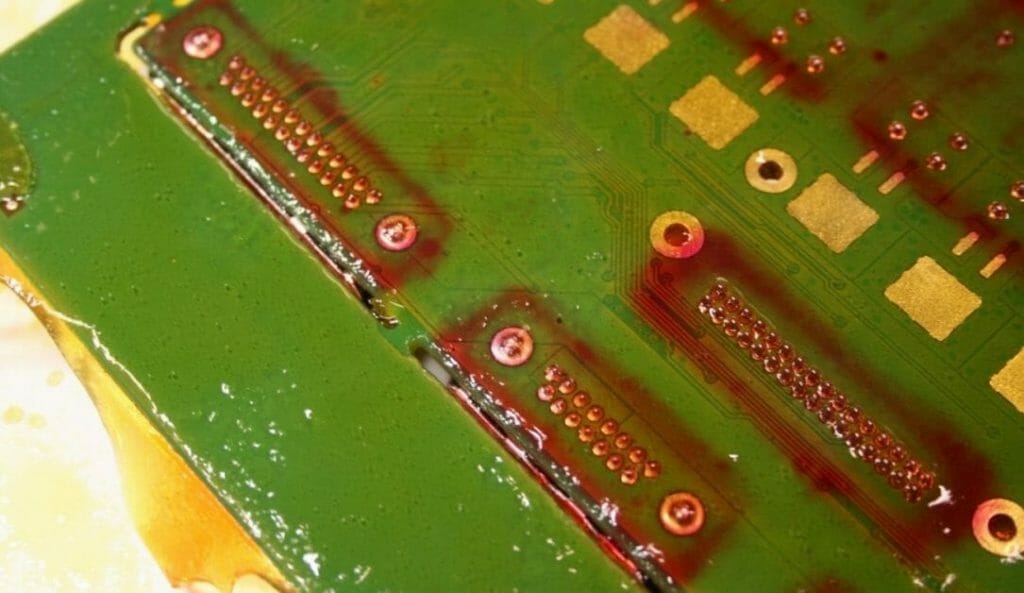
Neatness is essential in PCB connections. So, clean the wires, leads, and other elements of the circuit board before attaching any wire. New PCBs are clean, but old ones have traces of dirt and contaminants that can trifle with their operations.
I recommend using chemical cleaners to get rid of debris on the PCBs. And do not forget to cleanse and dry the soldering iron tip. A small proportion of solder on the tip will conduct heat to the circuit board.
Keep the joints solid whenever you are soldering a wire on the board to prevent the solder from pulling apart when tugged. Then, be wary of weak spots on your PCB and fix them instantly before you gather the other components.
In the place of soldering iron, use flux. Flux enables the solder to flow evenly and seamlessly.
Tinning is a very crucial step that cannot afford to skip in soldering. It does the following:
- Tinning hinders solder from falling on the circuit board
- It Improves heat transfer
- Protects the tip of the soldering iron
- Slows down the wear and tear of the PCB elements.
Caution: do not use a soldering iron without a tinner – the tip is fragile.
Take a look at some of our related articles below.
- How to remove wire from push in connector
- How to cut electrical wire
- Where to find thick copper wire for scrap
References
(1) flexibility – https://www.healthline.com/health/benefits-of-flexibility
(2) heat source – https://www.sciencedirect.com/topics/physics-and-astronomy/heat-sources
Video Reference
